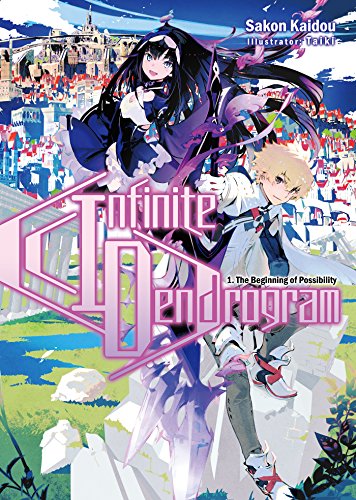The exhibition that has just opened at the Musée du Luxembourg on Pissarro has an exceptional character on several levels: the first major exhibition of Pissarro's works in Paris since 1981, the variety of media and techniques used, links between art and political commitment, in this case anarchist…
Let us remember: who is Camille Pissarro? He is described to us as self-taught, rich in great independence of mind, impressionist then neo-impressionist, anarchist. On the private side, he married the woman who had entered the Pissarro family as a servant, Julie Vellay, with whom he had eight children; They will regularly have significant financial difficulties. Their move to Eragny, the central place of the exhibition's theme, took place in 1984.
We enter this exhibition getting to know the whole family, as well as the farm and its surroundings. The photos of the first room plunge us into a rural atmosphere where the characters are active. Work is the pillar, the center of life, as much that of Pissarro and his family (who we see painting, both indoors and outdoors, even if it means dragging a mobile easel) and that of the peasants around them.
This predominance is almost constantly manifested in Pissarro's works. Whether it is the subject of the work, whether it is seen via the traces of the work done through the representation, for example, of ploughed fields, work is a source of life. These paintings touch us by their simplicity. The alternately tender and bright colors of the landscapes allow us to feel a little of the warmth of this place, as well as the deep tenderness that Pissarro had for Eragny. Watercolors, engravings, studies… The variety of Pissarro's approaches shows us his attachment to the richness of these scenes of everyday life: apple picking, haymaking, foot bathing, etc.
The anarchist illustrations of the Social Turpitudes mark a break with this sweetness very present in the paintings. Here, it is the suffering that is put forward: the characters have drawn features, the bodies are bent, even slumped, sometimes dying, or on the contrary erected by what seems to be the energy of despair. Rural life is beautiful, simple, it also knows how to be brutal.
Pissarro's commitment was expressed as much with these more "direct" illustrations as with his paintings of countryside and peasant landscapes. Let him have the last word: "Is there an anarchist art? Yes? Decidedly, they do not understand. All the arts are anarchist – when it's beautiful and good!"
Article by Lucile Gautier





































